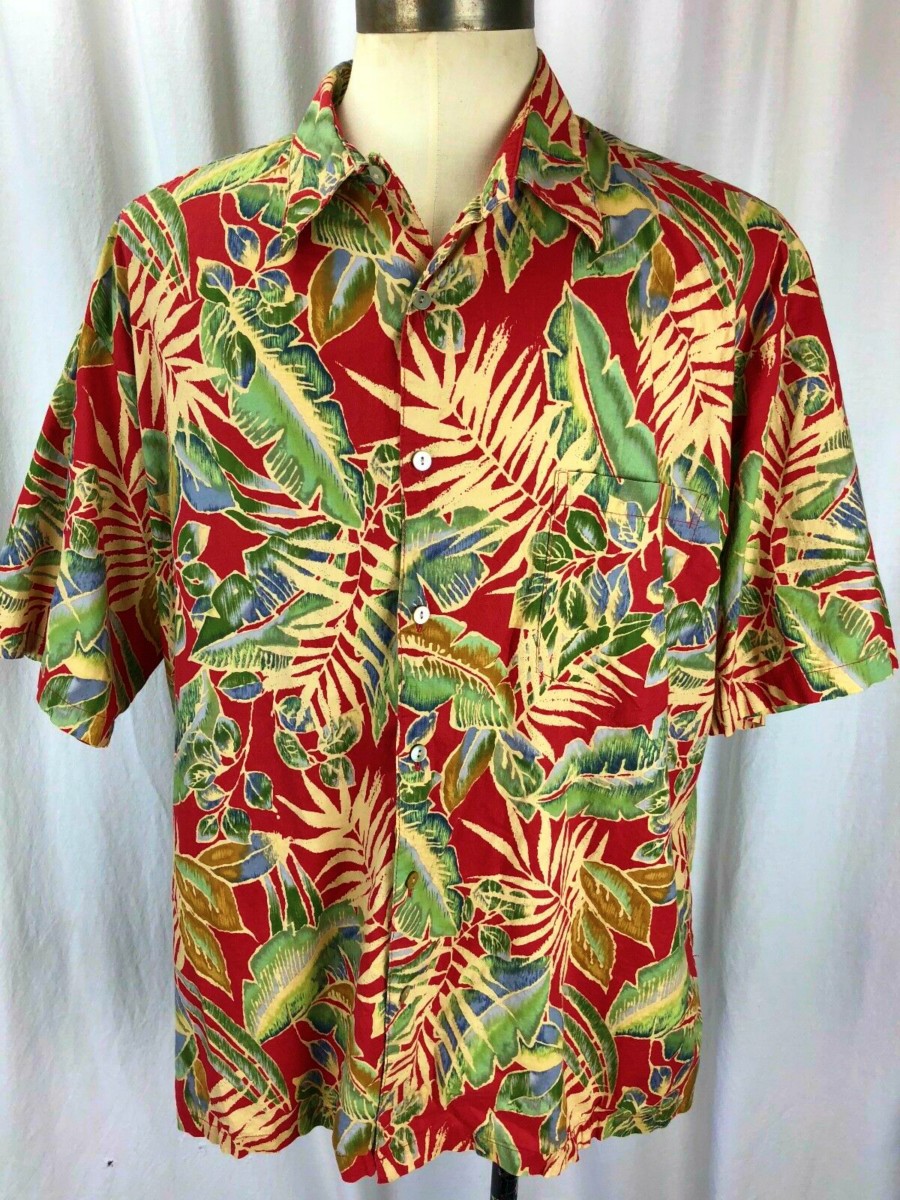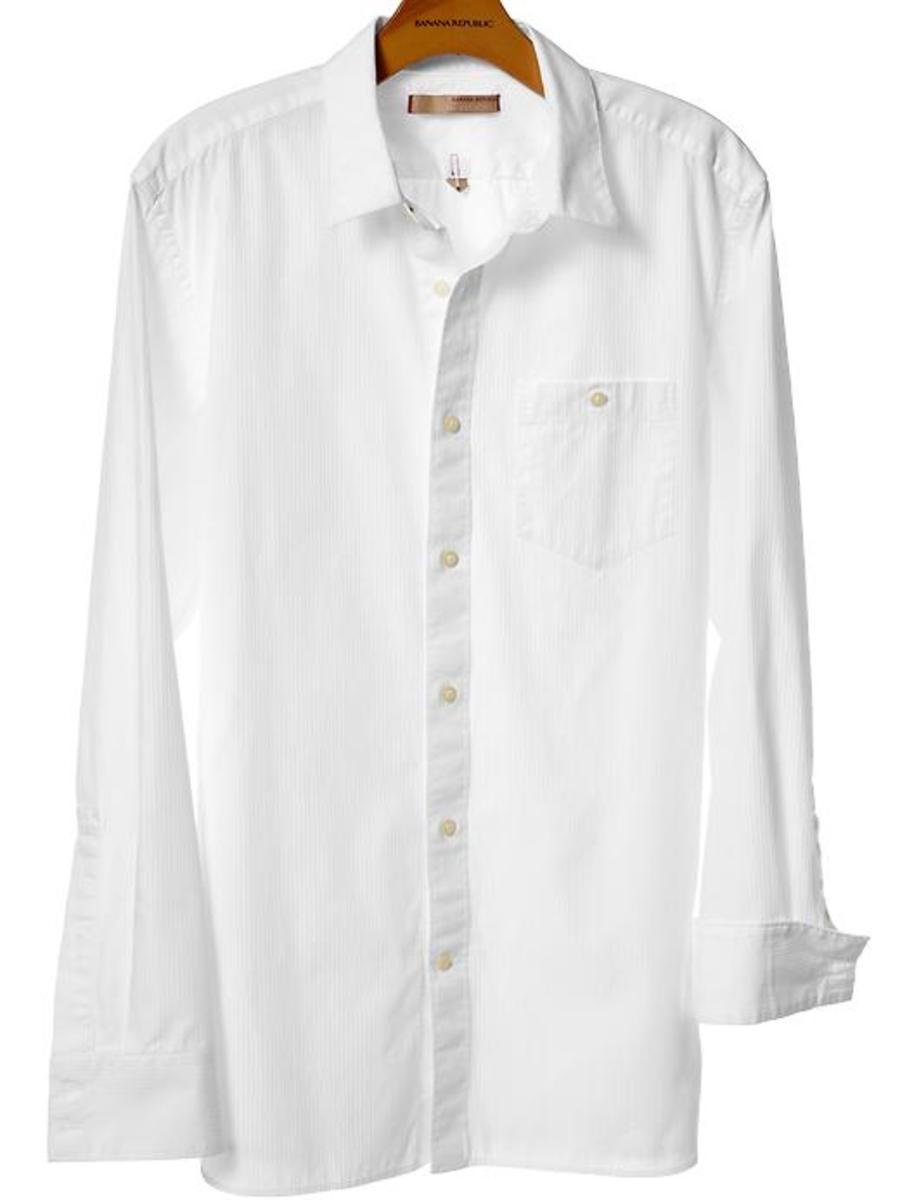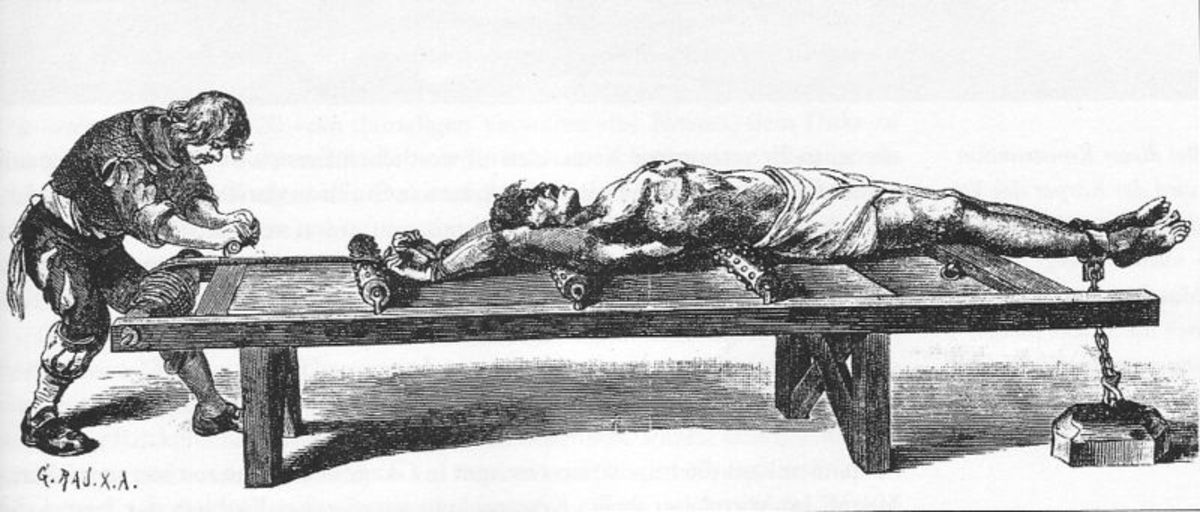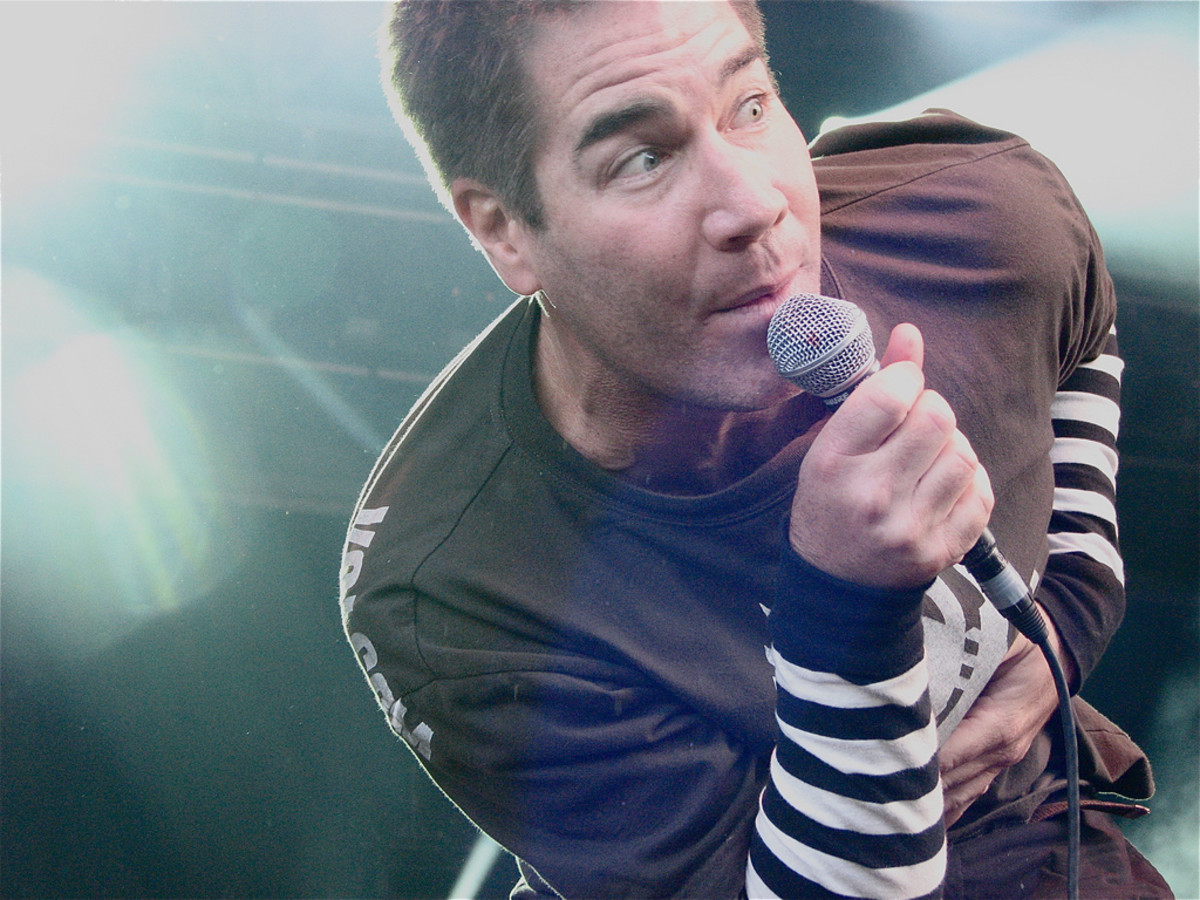- HubPages»
- Fashion and Beauty»
- Clothing»
- Men's Fashion & Clothing Styles
History of Tshirts and tshirts and tees
T-shirts and t-shirts and tees
History of T-shirts
So, who invented the T-shirt?
Once upon a time in merrie olde England, in a rustic cottage in a small village in wintertime, a husband felt chilled and called to his wife, “Old woman, bring me some hot tea, bring me my Fokking shirt (he had been on the nerdball team at Fokk University – see my hub), and throw another log on the fire – NOW!” His wife, tired of his constant orders and miserable attitude, threw his shirt at him and then threw the cup of tea all over his favorite shirt. Ergo, the “tea-shirt” was born. There are also rumors she beat him about the head with the fireplace log but they are unsubstantiated. As is this anecdote.
Well, we don’t really know who invented T-shirts. But we do know that T-shirt history began with the Industrial Revolution in England and the subsequent increase in international trade. Before that time, folks wore clothes that were hand-sewn from materials available locally. They had no desire to wear political pontifications, suggestive slogans or any other denigrating designs on their undershirts which had short sleeves but looked nothing like what we call a T-shirt today.
Union suits either $1 or 80 cents
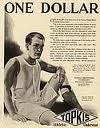
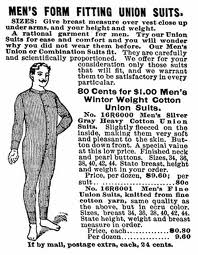
Early T-shirts
In Europe, cotton was discovered to be the ideal material for underwear, and garments made from soft cotton prevented harder and rougher outer clothing from scratching the tender skin of the wearer. The cotton used to manufacture them came originally from America. But they remained an undergarment and were only seen in public on clothes lines.
The T-shirt evolved from undergarments used in the 19th century, by cutting the one-piece "union suit" underwear into separate top and bottom garments, with the top long enough to tuck under the waistband of the bottoms. T-shirts, the tops, with and without buttons, were adopted by miners and laborers as convenient comfortable clothing for hot environments.
By the 20th century, workers in Southern European countries were wearing T-shirts during the hot summer days, but in America the vest still ruled supreme. It was when United States army personnel came to Europe in the first half of the 20th century that they were introduced to the lightweight cotton T-shirt.
T-shirt Tidbit: The word, T-shirt, did not become an official word until the 1920s when it was first included in Webster's Dictionary.
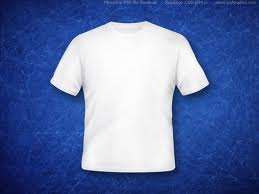
How did the T-shirt get its name?
Take a look at the T-shirt
silhouette on the right? Does it remind you of any letter in the
alphabet? Possibly . . . . a T? Spot on! Some early, brilliant-like-you,
unknown individual in the early 1900s also noticed that resemblance.
Nobody knows exactly when the first T-shirt was produced, but there is documentation dating back to as early as 1913 that the U.S, Navy adopted the crew-necked, short-sleeved, white common undershirt to be worn under overalls. Do you know why the Navy switched to T-shirts?
a) To keep the outer shirts from scratching and itching naval personnel? No.
b) To keep sailors warm while sailing in frigid weather? No.
c) To be worn under overalls to conceal the sailors’ chest hair. Yes! Don't ;laugh. That is the reason T-shirts were adopted by the Navy.
Make Your Own Tiny T-shirt (with a collar)
Film: "It Happened One Night"
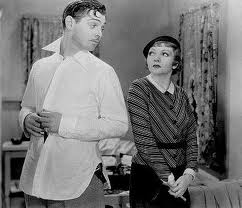
T-shirts in the 30s and 40s
In 1934, the T-shirt received a setback when the popular actor, Clark Gable, took off his dress shirt to reveal a bare torso in the movie “It Happened One Night.” American women liked the bare-chested look, and many men followed Gable's lead by discarding their undershirts, too.
In 1937, undershirts were called "skivvies" or "jim-shirts." They weighed only 1.5 to 2 ounces then – much lighter than today’s heavy weight T-shirts which range from 5 to 8 ounces.
In 1938, Sears introduced a T-shirt that sold for only 24 cents. It was called a "gob" shirt or sailor shirt and was proclaimed to be either an outer garment or an undershirt. Sears' ads proclaimed: "It's practical and correct either way."
The producers of the 1939 movie classic “Wizard Of Oz,” knew before it was even released they might have a blockbuster of a film. So for the first time in the history of America, a movie was promoted on a T-Shirt. The tees proved to be almost as big a hit as the movie.
T-shirt historians insist that the army had T-shirts early in WWII, but it was really the marines who first issued the Navy-type T-shirt. It didn't take the Marines long to realize that white was an easy target, however, so the early white T-shirts were dyed brown in the field with coffee grounds. Later the men were issued sage green shirts to blend in more with their surroundings.
The army didn't actually get their own T-shirts until late into the war. A 1944 study from the Quartermaster of Clothing and Equipment for the Tropics shows that the army was still field-testing T-shirts and sleeveless undershirts to see which the men preferred. In the field test, the men preferred the T-shirt because it had a better appearance and was more comfortable due to greater absorption under the arms. They said that it was also more comfortable when worn with backpacks, and provided greater protection from sunburn. When servicemen returned from the war, the shirts came home with them, and T-shirts were here to stay
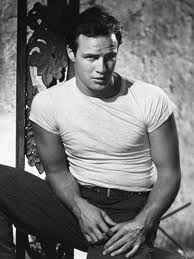
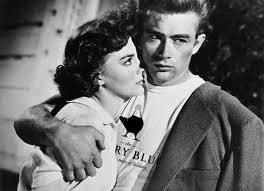
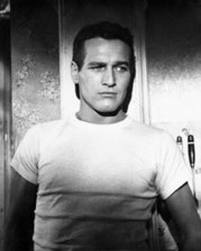
During World War II, the T-shirt was more for function than fashion. The early issue military shirts had a much wider neck and shorter sleeves than today's full cut T-shirt. They were also a much tighter fit. The tight fitting style remained much the same from the early 1900s through the 1960s.
The late 40s saw the first printed T-shirts. The Smithsonian Institute's oldest printed shirt reads "Dew-It with Dewey" -- from New York Governor Thomas E. Dewey's 1948 presidential campaign.
T-shirts in the 50s and 60s
The T-shirt got a real boost from underwear to outerwear when Marlon Brando displayed his build in a tight-fitting T-shirt in the 1951 movie, “A Streetcar Named Desire.”
Brando again set the stage as a T-shirt and jeans rebel in the 1954 movie,” The Wild One,” and James Dean continued the look in 1955 with the classic movie, “ Rebel without a Cause.”
Paul Newman, as well, flexed his T-shirted body in "Cat on a Hot Tin Roof" in 1958. Elvis Presley would soon appear on the world scene with his
hip T-shirt and leather jacket look. "Love Me Tender" in 1956 was the first of 33 Presley films.
Elvis Presley films
About that time, T-shirt style also changed a little. The neck opening became smaller, but the tight fit remained to show off a man's physique. T-shirts were still a very masculine piece of clothing. That's when clever marketers such as Walt Disney and Roy Rogers saw the advertising potential of printed T-shirts.
In the early 1950s, innovators, Ed Rother and Carl Smith, started to screen print and airbrush T-shirts with automobile designs. Back then, the ink they used was house paint and spray paint. In the later 50s most college shirts and sport shirts were decorated with cloth letters or with "flocking," a process in which thin fibers of rayon were electrostatically embedded in an adhesive printed on the shirt. This was a very slow and messy process that did not produce long-lasting results. I remember a very old T-shirt I saw at a flea market where the flocked letter “T” had disappeared from the shirt and the graphic of Marilyn Monroe was subsequently described as “SHE IS HO …” It’s probably a collector’s item today.
T-shirt Tidbit: It takes six miles of yarn to make one T-shirt. An acre of cotton is enough to produce 1,200 tees.
Elvis wearing a T-shirt in Jailhouse Rock

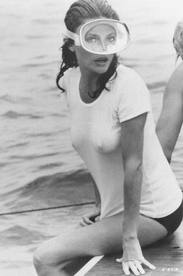
T-shirts in the 70s and 80s
A new type of ink called "plastisol" was invented in 1959. It was durable and stretchable and contributed to the birth of modern T-shirt printing. The 1960s provided the background for statement shirts, tie-dying, and freedom of speech. The British rock 'n roll invasion and Vietnam were the perfect partners for this new culture, and the printed T-shirt was the perfect vehicle for expression. T-shirts were sold at state fairs, car shows, and festivals. The lowly T-shirt that had been a fad in the 60s suddenly grew up in the 70s.
The iron-on transfer made it easy to pick a design, pick a shirt, and combine the two using your household iron. The T-shirt store didn't exist until the early seventies. The iron-on transfer made it easy to mass-produce hundreds of different designs, and every mall and shopping center had a T-shirt shop. In the late seventies, a new photo-realistic iron-on transfer called a "litho transfer" was developed. It revolutionized the quality of the graphic images that could now be printed on T-shirts.
In 1977, more than $8 million worth of Farrah Fawcett T-Shirts were sold when she appeared on the television program, “Charlie's Angels.”
T-Shirt Tidbit: Do you know what prompted the "wet T-shirt contest”? It began after Jacqueline Bisset's appearance in the 1977 film, "The Deep." Jackie first appears swimming underwater and then surfacing, wearing a very wet, very tight, white T-Shirt and bikini bottom.
Everything changed when T-shirts became an industry in the 1980s. The great graphics craze started when artists who had ignored the T-shirt now found a new medium. T-shirts became a new marketing vehicle and the public couldn't get enough of them.
T-shirt Tidbit: 91% of Americans – men and women – claim they own a "favorite” T-Shirt.

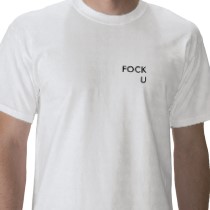

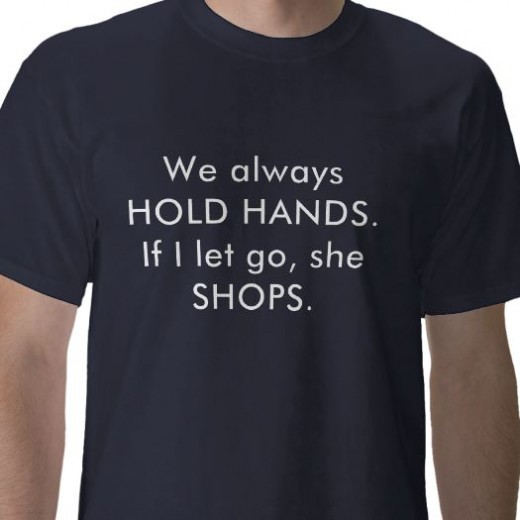

T-shirts Today
T-shirts were originally worn as undershirts. Now T-shirts are worn frequently as the only piece of clothing on the top half of the body, other than a bra (possibly) or an undershirt.
T-shirts are typically made of cotton or polyester fibers or a mix of the two knitted together in a jersey stitch that gives them a
distinctive soft texture. They typically extend to the waist.
Variants of the T-shirt, like the tank top, crew neck, A-shirt (with the nickname "wife beater"), muscle shirt, scoop neck, and the V-neck are also available. Hip hop fashion calls for "tall-T" T-shirts which may extend down to the knees. A 1990s trend in women's clothing involved tight-fitting "cropped" T-shirts that are short enough to reveal the midriff. Another popular trend is wearing a long-sleeved T-shirt and then putting a short-sleeved T-shirt of a different color over the long-sleeved shirt. This is known as "layering".
Since the 1990s, it has become common practice for companies of all sizes to produce T-shirts with their corporate logos or messages as part of their overall marketing campaigns. T-shirts with prominent designer-name logos have become popular especially with teenagers and young adults. These garments allow consumers to flaunt their taste for designer brands in an inexpensive way in addition to being decorative. Examples of designer T-shirts include Calvin Klein and Ralph Lauren.
The political and social statements that T-shirts often display have become, during the 2000s, one of the reasons that they have so deeply permeated so many different levels of culture and society. These statements, often politically incorrect, may be considered offensive, shocking or pornographic by some.
The story of the message T-shirt embraces the modern phenomenon of “personal branding” indicating the wearer’s sense of humor as well as a climate in which statements - political or personal - may be catchy but not necessarily true. Notable is the popularity of political slogans and messages on T-shirts.
T-shirt Tidbit: A popular phrase on the front of T-shirts demonstrating T-shirts' popularity among tourists is the humorous phrase: "My parents went to Las Vegas (or any other destination) and all I got was this lousy T-shirt."
- Fokk University
Here's your ration of humor for today. - drbjtees: Home: Zazzle.com Store
Not just another T-shirt, but T-shirts with an attitude! See illustrations.
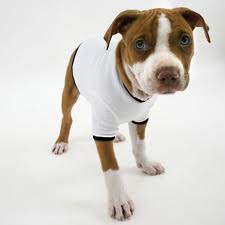
Summary
Think about how far we've come today. We now wear our underwear on the outside and it is socially acceptable.
We push the limits of free speech almost beyond its bounds with our politically incorrect slogans and suggestive sayings and others laugh at and often praise our selections.
Men, women, teenagers, children, babies, and yes, even pets now wear T-shirts.
Let's hear it for free speech and the privilege of living in the U.S.A.
© Copyright BJ Rakow 2011, 2013 Rev. All rights reserved.
B. J. Rakow, Ph.D., Author, "Much of What You Know about Job Search Just Ain't So." Enlightening information about interviewing, networking, writing resumes and cover letters and negotiating. But fun to read.
- How To Fold a T Shirt Like the Professionals
T Shirts, who doesn't have at least a few of these fashion necessities? When it comes time to launder them, here are a few pointers to make the process easy.






